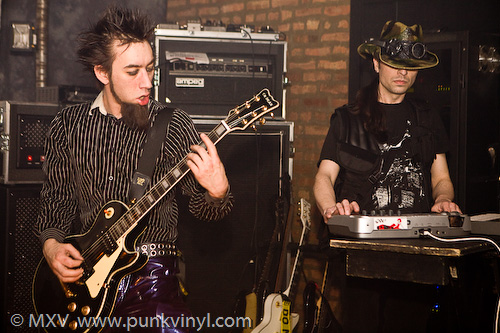


Realistic results include systematic and random errors in mass and volume measurements: mass weighing buoyancy errors, glassware volumetric errors, and pH/voltmeter and conductivity meter output errors There is a smaller set of potentiometric titrations. Monitor pH using a pH meter, an indicator, and a conductivity meter as a function of volume, and save data to an e-lab book for analysis. Perform acid-base titrations on any combination of mono-, di-, and tri-protic acids and mono-, di-, and tri-basic bases. There are a 50 mL buret, 5, 10, and 25 mL pipets, graduated cylinders, beakers, a stir plate, a set of 8 acid-base indicators, a pH meter/voltmeter, a conductivity meter, and an analytical balance to weigh solids. The lab simulates precise, quantitative titrations involving acid-base and electrochemical reactions. The experiments include an ideal gas a van der Waals gas with parameters that can be changed to represent any real gas real gases including N2, CO2, CH4, H2O, NH3, and He and eight ideal gases with different molecular weights that can be added to the experiments to form gas mixtures. The lab contains four experiments, each has one dependent and three independent variables: pressure §, temperature (T), volume (V), and the number of moles (n). Heat, electric fields, or magnetic fields can also be applied. Students probe samples (e.g., a gas, metal foil, two-slit screen, etc.) with a source (e.g., a laser, electron gun, alpha-particle source, etc.) and detect the outcome with a specific detector (e.g., a phosphor screen, spectrometer, etc.). The devices are located in the stockroom and are taken out to place on the optics table. There is an optics table on which you place a source, sample, modifier, and detector combination to perform experiments. The lab allows students to explore and understand the foundational experiments that led to the development of atomic theory. There are in excess of 10^16 possible outcomes for these simulations. The simulation uses over 2,500 photos and 220 videos to show reactions and flame tests. The lab includes 26 cations that can be added to test tubes in any combination, 11 reagents that can be added to the test tubes in any sequence and any number of times, lab manipulations, a lab book to record results, and a stockroom to create known mixtures, generate practice unknowns, or retrieve instructor assigned unknowns. Virtual ChemLab has five individual lab benches: Built over a Science SDK developed through 20 years of research at BYU, Beyond Labz creates open-ended virtual lab experiences that provide students with opportunities to experiment, practice, fail, discover and learn without the limitations, expense and safety constraints of an actual laboratory.


 0 kommentar(er)
0 kommentar(er)
